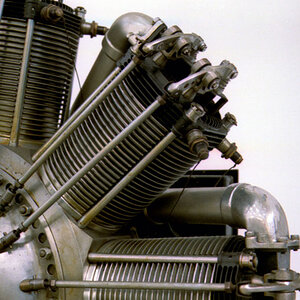malkav41
TPF Noob!
- Joined
- Feb 18, 2007
- Messages
- 317
- Reaction score
- 2
- Location
- South Carolina Boondocks
- Can others edit my Photos
- Photos NOT OK to edit
Hi all,
Being as I am new to the DSLR world, I was wondering if it was necessary to format my CF card after I transfer the photos to my computer.
I downloaded some shots I took last night, and today I noticed that my D70s was showing [FOR] on the top LCD. When I pressed the playback button it stated that the card needed to be formatted.
So, I guess what I want to know is, do I need to format everytime I download photos as I stated at the beginning?
Thanks in advance,
Ed
Being as I am new to the DSLR world, I was wondering if it was necessary to format my CF card after I transfer the photos to my computer.
I downloaded some shots I took last night, and today I noticed that my D70s was showing [FOR] on the top LCD. When I pressed the playback button it stated that the card needed to be formatted.
So, I guess what I want to know is, do I need to format everytime I download photos as I stated at the beginning?
Thanks in advance,
Ed
Last edited:


![[No title]](/data/xfmg/thumbnail/32/32698-38e2346942223e17b43fb958f66064c1.jpg?1619735601)

![[No title]](/data/xfmg/thumbnail/32/32699-3434a76363cb383404e00a3cd5ed5728.jpg?1619735601)





![[No title]](/data/xfmg/thumbnail/33/33341-3a6934b6cdb015b5acf31087acdcd278.jpg?1619735910)

![[No title]](/data/xfmg/thumbnail/37/37614-3833b9d2e46075829c91cf9c0f47af69.jpg?1619738150)
